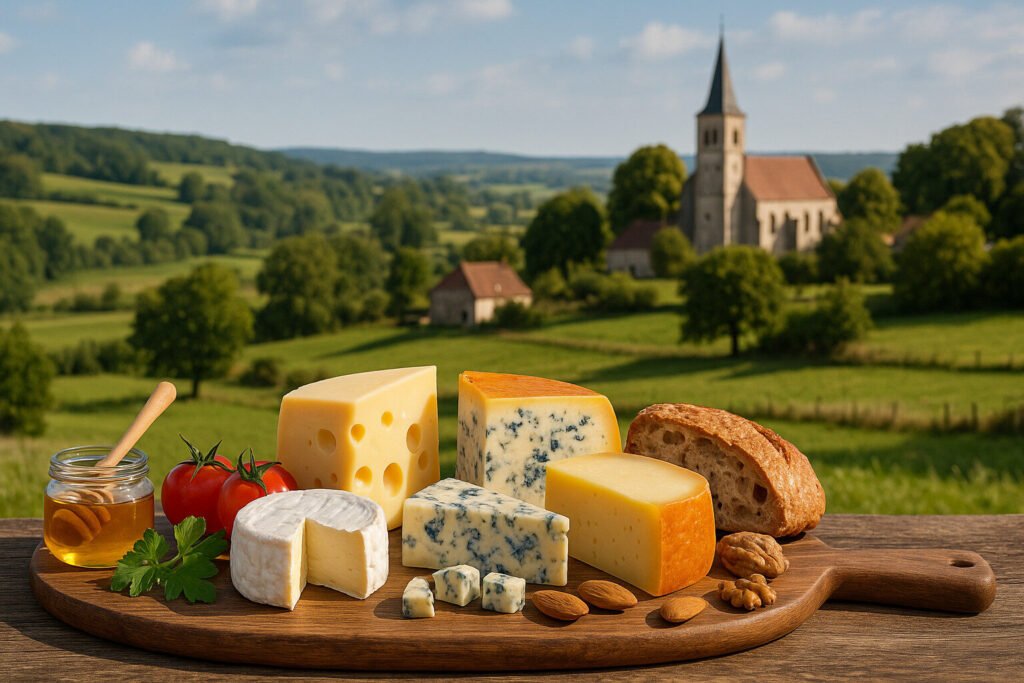Cheese Of Luxembourg
Definition and Scope
Luxembourg cheese refers to dairy products manufactured within the Grand Duchy of Luxembourg. These cheeses are governed by national food safety standards and often reflect local agricultural practices. The scope includes both artisanal farmstead varieties and those from larger commercial dairies.
Production primarily utilizes cow’s milk from Luxembourg’s pasture-raised herds. Common styles range from soft, fresh cheeses to semi-hard aged varieties. Many incorporate regional ingredients or adhere to traditional recipes passed through generations.
Production Methods
Traditional Luxembourg cheese-making often involves raw milk, though pasteurized versions exist for wider distribution. The process typically includes curdling, draining, pressing, and aging stages. Local producers frequently emphasize small-batch techniques to preserve distinctive characteristics.
Aging occurs in controlled cellars with specific humidity and temperature parameters. Some varieties develop natural rinds, while others are waxed or washed during maturation. These methods contribute directly to the final texture and flavor complexity of the cheeses.
Sensory Profile
Luxembourg cheeses generally present mild to medium intensity flavors with creamy textures. Younger varieties offer fresh, lactic notes with subtle acidity. The terroir influences grassy or herbal undertones in pasture-based productions.
Aged examples develop nutty, buttery, or slightly pungent characteristics. Texture ranges from supple and spreadable to firm and sliceable. These sensory attributes make Luxembourg cheeses approachable yet distinctive within European offerings.
Culinary Applications
Fresh Luxembourg cheeses are commonly served on bread or crackers with fruit preserves. They feature prominently in traditional open-faced sandwiches called “tartines”. Their mild nature makes them versatile for cooking without overpowering other ingredients.
Semi-hard varieties excel in grilled cheese sandwiches or melted over potato dishes. Many restaurants incorporate local cheeses into soufflés, quiches, and sauces. Pairings often include Riesling or Pinot Blanc from Luxembourg’s Moselle valley vineyards.
Regional Examples
Kachkéis is a distinctive soft cooked cheese often flavored with cumin or other spices. This spreadable specialty has Protected Geographical Indication status within Luxembourg. It represents one of the country’s most recognizable cheese traditions.
Other notable examples include Gromperekichelcher with cheese fillings and various monastery-style cheeses. Recent innovations include blue-veined varieties and organic farmstead productions. These demonstrate Luxembourg’s evolving cheese landscape while maintaining regional identity.

